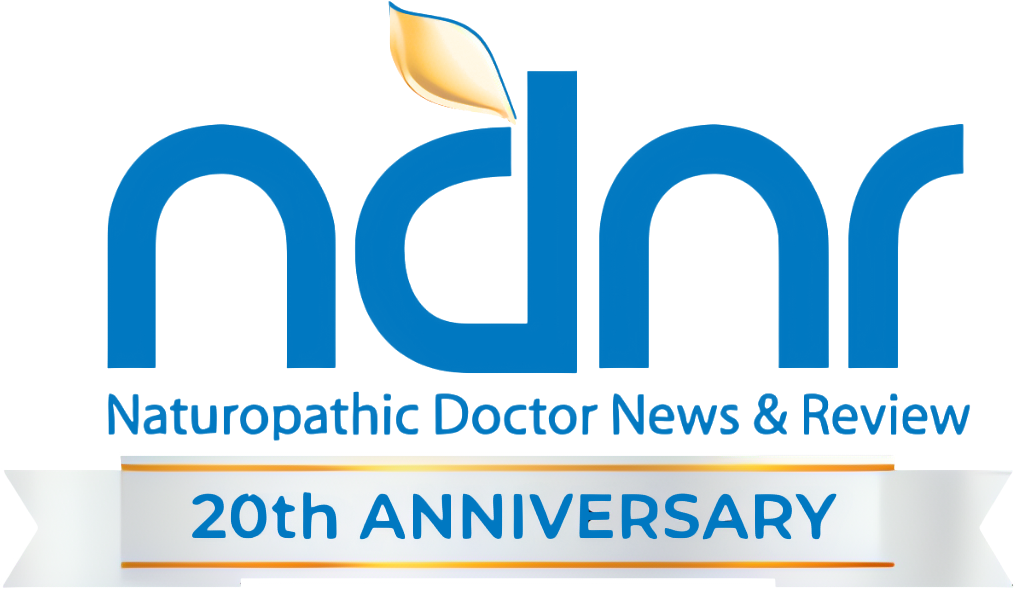Node Smith, ND
Treatment guidelines for managing anaphylaxis in children should be reassessed, according to a new Canadian study published in the Journal of Allergy and Clinical Immunology: In Practice.
Managing anaphylaxis in children
Involving nearly 3,500 patients, it is the largest study to assess the clinical outcomes of pre-hospital treatment of anaphylaxis, including the use of epinephrine autoinjector, antihistamines (such as diphenhydramine known most commonly as its brand name Benadryl) and corticosteroids. Of the patients examined, 80 percent were children aged 1 to 17 years.
“We found that steroids, which are part of the treatment plan for managing anaphylaxis, can have a negative effect on patient outcomes,” says AllerGen researcher Dr. Moshe Ben-Shoshan, a pediatric allergist and immunologist at the Research Institute of the McGill University Health Centre (RI-MUHC) and at the Montreal Children’s Hospital of the MUHC.
What the researchers found
The researchers found that admission to the intensive care unit or the hospital ward was nearly three times more likely in cases where anaphylaxis was treated with steroids in the pre-hospital setting (e.g.: at home, at school, or with the paramedics).
“Although we could not comment on the use of steroids in the emergency department (ED) specifically, our results suggest that their role in anaphylaxis management guidelines should be reassessed,” adds Dr. Ben-Shoshan, who is also an assistant professor of Pediatrics at McGill University.
Researchers analyzed data from nine EDs in five provinces across Canada
The researchers analyzed data from nine EDs in five provinces across the country between 2011 and 2017, as part of AllerGen’s nationwide Cross-Canada Anaphylaxis Registry (C-CARE) project. C-CARE is led by Dr. Ben-Shoshan and is the first prospective study on anaphylaxis to assess the rate, triggers and management of anaphylaxis in different provinces and settings.
Anaphylaxis, a sudden and potentially life-threatening allergic reaction, was defined in the study as a reaction affecting at least two organ systems (e.g.: problems breathing, hives on the skin, and/or a sudden drop in blood pressure).
The study also highlighted the benefit of using an epinephrine autoinjector to manage anaphylaxis.
Study reveals the following
Our study shows, for the first time, that the use of an epinephrine autoinjector in the prehospital setting has a significant positive impact on the clinical management of anaphylaxis. We looked at the use of both epinephrine and antihistamines and found that when an epinephrine autoinjector was used before arriving at the hospital, patients were nearly five times less likely to require multiple doses of epinephrine in the ED to control anaphylaxis. This protective effect was much more significant than the protection achieved with antihistamines,” said first author Sofianne Gabrielli, an AllerGen trainee and a research associate at the RI-MUHC
What the results suggest
According to the researchers, these results suggest that current anaphylaxis management practices should be modified, at least as applies to the pre-hospital setting, to exclude steroids and to call for the administration of antihistamines only in conjunction with epinephrine in all cases of anaphylaxis.
“It is concerning that less than one-third of reactions were treated with an epinephrine autoinjector prior to arriving at the hospital,” comments Jennifer Gerdts, a study co-author and Executive Director of Food Allergy Canada, a non-profit charitable organization that educates, supports and advocates for Canadians with food allergies and those who care for them.
“The findings from this study reinforce the need to equip individuals with the knowledge and confidence to assess the signs and symptoms of anaphylaxis, and to treat it swiftly with an epinephrine autoinjector when it occurs. Our current Give and Go campaign is one educational initiative intended to achieve this, but much more is required to understand and address this significant gap.”
Among the study’s other findings:
- Less than one-third (31 percent) of anaphylactic reactions were treated with epinephrine before arriving at the hospital. Antihistamines were used in 46 percent of cases and steroids in 2 percent of cases in the pre-hospital setting.
- The majority of the anaphylactic reactions were caused by food (79 percent), while 5 percent were caused by drugs and 2 percent by venom.
- The most common food triggers causing anaphylaxis were peanut (21 percent), tree nut (15 percent), egg (7 percent), and milk (7 percent).
- The majority of anaphylactic reactions were of moderate severity (74 percent) and the most common settings in which reactions occurred was at home (55 percent).
Source:
- Gabrielli, S. et al. (2019) Evaluation of Prehospital Management in a Canadian Emergency Department Anaphylaxis Cohort. Journal of Allergy and Clinical Immunology: In Practice. doi.org/10.1016/j.jaip.2019.04.018.
 Node Smith, ND, is a naturopathic physician in Humboldt, Saskatchewan and associate editor and continuing education director for NDNR. His mission is serving relationships that support the process of transformation, and that ultimately lead to healthier people, businesses and communities. His primary therapeutic tools include counselling, homeopathy, diet and the use of cold water combined with exercise. Node considers health to be a reflection of the relationships a person or a business has with themselves, with God and with those around them. In order to cure disease and to heal, these relationships must be specifically considered. Node has worked intimately with many groups and organizations within the naturopathic profession, and helped found the non-profit, Association for Naturopathic Revitalization (ANR), which works to promote and facilitate experiential education in vitalism.
Node Smith, ND, is a naturopathic physician in Humboldt, Saskatchewan and associate editor and continuing education director for NDNR. His mission is serving relationships that support the process of transformation, and that ultimately lead to healthier people, businesses and communities. His primary therapeutic tools include counselling, homeopathy, diet and the use of cold water combined with exercise. Node considers health to be a reflection of the relationships a person or a business has with themselves, with God and with those around them. In order to cure disease and to heal, these relationships must be specifically considered. Node has worked intimately with many groups and organizations within the naturopathic profession, and helped found the non-profit, Association for Naturopathic Revitalization (ANR), which works to promote and facilitate experiential education in vitalism.
Node Smith graduated from the National University of Natural Medicine (NUNM) in 2017, and is currently licensed as a naturopathic physician in Oregon and working towards becoming licensed in Saskatchewan, Canada as well.


